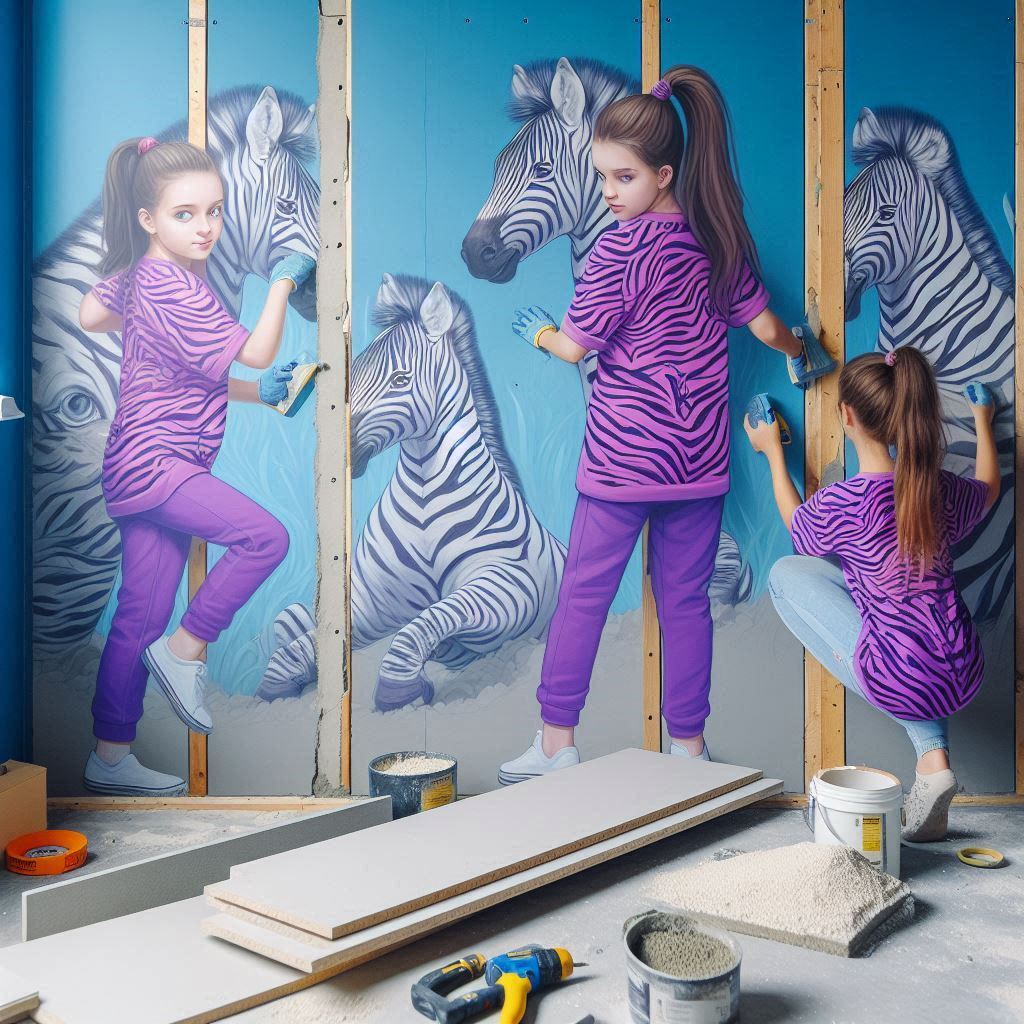Cement-chipboard (CSP) is a sheet construction material of universal application, made from natural wood fibers, cement and additives-modifiers that mineralize wood. DSP is produced exclusively in the factory using a technology that meets the requirements of GOST. There are no potentially harmful components in the composition of cement-based particle boards. To give the material strength and increase moisture resistance, a hydration mixture consisting of liquid glass and aluminum sulfate (food additive) is used. The ecological purity of the DSP allows the use of slabs not only for external, but also for internal work. Cement-particle boards have a dense monolithic structure, the presence of chips and dents is not allowed. manufacturing technology involves several stages: first, wood chips (mainly coniferous) are impregnated with mineralizing reagents, then mixed with Portland cement and water until a homogeneous mass is formed, after which they are sent to form under the press. To achieve greater strength and obtain a smooth surface, DSP boards are formed from several layers. DSP is produced in standard sizes-2700×1250 mm, 1250×500 mm. Available sheet thickness– 8, 10, 12, 16, 20, 24 mm.

Material Advantages
The main advantages of cement-based particle boards are:
- High resistance to longitudinal deformation, which allows the use of DSP to strengthen the frames of temporary and capital buildings;
- Moisture resistance. Plates do not swell from moisture, are not subject to rot and mold damage.;
- Fire resistance. DSP belongs to the group of hard-to-ignite and low-burning building materials;
- Environmental safety. The plates are free of formaldehydes, asbestos and other harmful components;
- Versatility. Slabs are successfully used for finishing facades, interior cladding of residential and non-residential premises, manufacturing load-bearing walls (as fixed formwork), erecting partitions, and installing rough floors. DSP have good adhesion, they can be painted with various types of paints, faced with tiles, artificial stone, pasted over, varnished, etc.;
- Easy processing (cut with the same tools as OSB plates, subjected to sawing, drilling);
- Availability. The absence of expensive components in the composition of the material and the relative simplicity of the manufacturing technology positively affect the cost and final cost of the DSP

The listed advantages of DSP make the material an excellent alternative to drywall, hot water pipe, OSB, flat slate and other construction and finishing materials. As for the disadvantages, the DSP has only one-because of the raw material base, the plates are quite heavy.
DSP properties and specifications
- Density-1100-1400 kg / m3
- Humidity level– 9 +/- 3%
- Swelling in thickness for 24 hours of being in water-no more than 2%
- Water absorption in 24 hours-no more than 16%
- The ratio of components: portland cement-65%, wood chips-24%, water-8.5%, hydration additives-2.5% (products of different manufacturers may slightly differ in the composition of mineral additives)
- Vapor permeability-0.03
- Fire resistance:” zero ” flame propagation index on the surface of the plate, the fire resistance limit is 50 minutes
- Rot resistance-high
- Sound insulation is good
- Warranty period of operation-more than 50 years
- Flexural strength at a thickness of 24 mm – not less than 0.4 MPa
- Tensile strength at a thickness of 24 mm – not less than 10 MPa
- Coefficient of thermal conductivity-0.26
- Frost resistance-50 cycles
- Toxicity-zero

Scope of DSP application
Unique characteristics and availability make DSP one of the best construction and finishing materials for a wide range of interior and exterior works. Slabs are successfully used for the manufacture of fixed formwork in monolithic construction, for finishing facades, leveling and warming walls and floors. Cement particle boards are widely used in frame construction. The use of DSP allows you to solve two problems at once: they are used to form the internal and external surface of the wall. The plates are attached directly to the frame-grid, providing rigidity and strength of the structure. One of the promising options for using DSP is the creation of a facing screen in ventilation facade systems. The use of slabs allows you to get a smooth surface that is resistant to aggressive external factors, completely ready for finishing. It is possible to paint such a canvas with any modern facade paints. An excellent solution is to use DSP as a base for a soft roof.